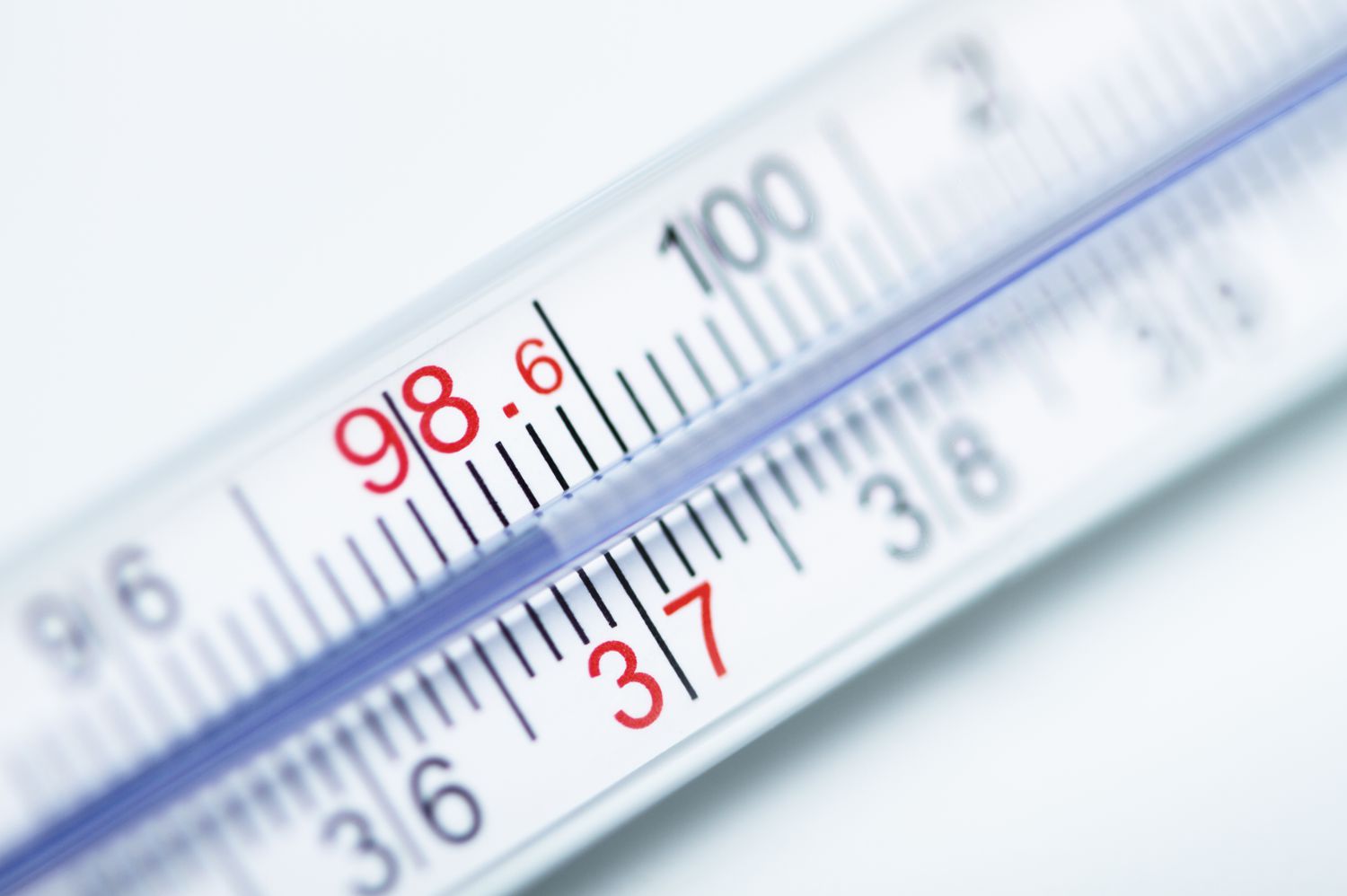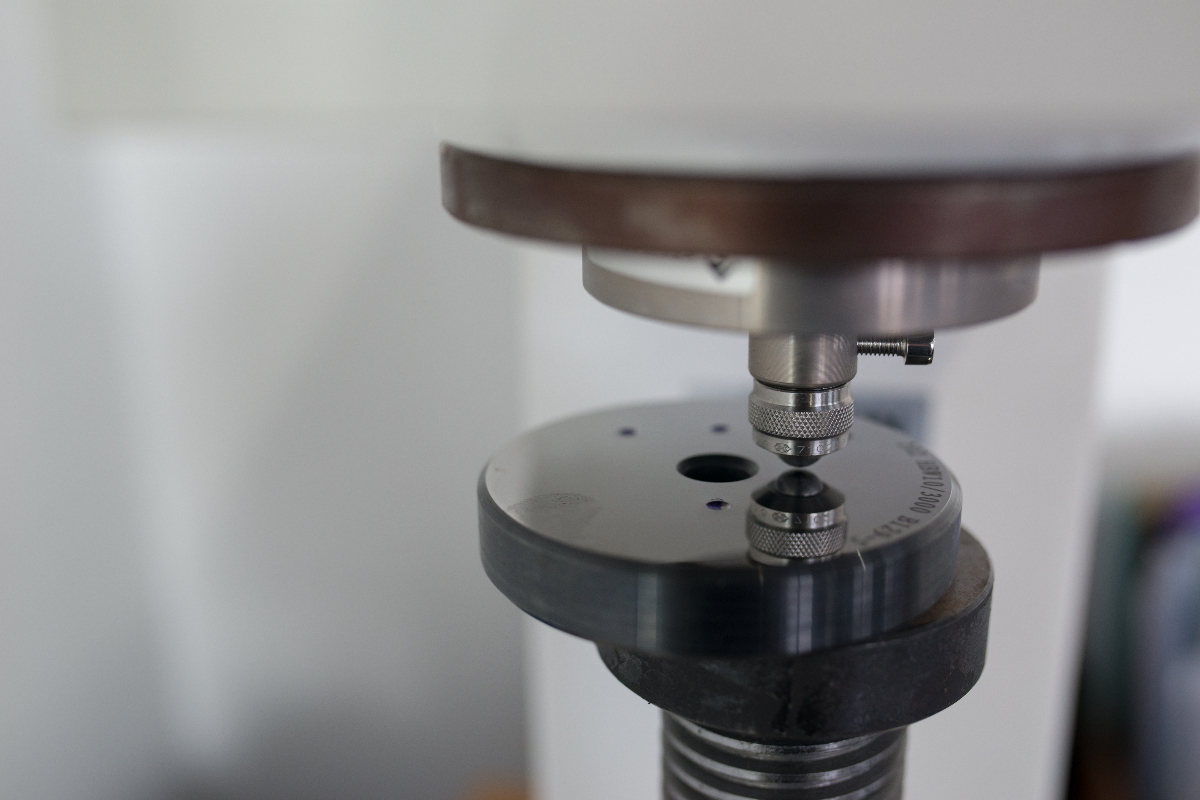Temperature is a measure of the thermal energy or heat of an object or substance. It is typically measured in units of degrees Celsius (°C), degrees Fahrenheit (°F), or kelvins (K). The most common scales are the Celsius and Fahrenheit scales, with the freezing point of water defined as 0°C and 32°F, respectively, and the boiling point of water defined as 100°C and 212°F, respectively. The Kelvin scale, on the other hand, uses the absolute zero point as its starting point and is the standard scale used in scientific research.
It can be determined using a variety of methods, including thermocouples, thermistors, and infrared thermometers. It can also be inferred from other properties, such as the color of an object or the speed of particles in a gas.
It can affect the properties of matter, such as its density, viscosity, and thermal expansion. It also plays a crucial role in many physical and chemical processes, including phase transitions, chemical reactions, and thermodynamics.

This has a physical quantity that describes how hot or cold something is, typically measured in degrees Celsius (°C), degrees Fahrenheit (°F), or kelvins (K), and can be determined by various methods. It can affect the properties of matter and plays a crucial role in many physical and chemical processes
It is a scalar quantity, meaning it has only magnitude and no direction. It is different from a vector quantity such as velocity, which has both magnitude and direction.
The zero point of the temperature scale is not arbitrary, it is based on the theoretical concept of absolute zero. Absolute zero is that scale at which all thermal energy is removed from a substance, and it is equal to -273.15°C or 0 K. It can be described as the measure of the random motion of the atoms or molecules in a substance. The more energy the atoms or molecules have, the higher the temperature.
Temperature is not the same as heat. Heat is the energy transferred from one body to another due to a difference in temperature. For example, heat energy flows from a hotter object to a cooler object, causing the cooler object’s temperament to rise.
There are different types of scales, such as the thermodynamic scale, which is based on the laws of thermodynamics and is used in scientific research, and the practical temperature scales, such as the Celsius and Fahrenheit scales, which are used in everyday life.

Some materials can change color or emit light at different temperatures, this is called pyrometry, and it’s used in industry, metallurgy, and other fields.
Units of Temperature
There are several units that are commonly used:
- Celsius (°C): This is the most widely used temperature scale in the world and is based on the metric system. It is defined as the ratio of the temperature difference between a body and the freezing point of water to the temperature difference between the boiling point of water and the freezing point of water. The freezing point of water is defined as 0°C, and the boiling point of water is defined as 100°C.
- Fahrenheit (°F): This scale is mainly used in the United States and its territories. It is based on a system proposed by the German physicist Daniel Gabriel Fahrenheit in 1724. It is defined as the ratio of the temperature difference between a body and the freezing point of water to the temperature difference between the boiling point of water and the freezing point of water. The freezing point of water is defined as 32°F, and the boiling point of water is defined as 212°F.
- Kelvin (K): This is the standard unit in the International System of Units (SI). It is based on the concept of absolute zero, which is the temperature at which all thermal energy is removed from a substance. Absolute zero is defined as 0 K, and the freezing point of water is defined as 273.15 K.
- Rankine (°R): This is a temperature scale mainly used in the United States, it’s based on the Fahrenheit Scale, but the zero point is absolute zero. The freezing point of water is defined as 491.67°R and the boiling point of water is defined as 671.67°R.
- Delisle (°De): This is a scale that uses the freezing point of water as its zero point and the boiling point as its highest point. This scale is not widely used
- Newton (°N): This is a scale that uses the freezing point of water as its zero point and the boiling point as its highest point. This scale is not widely used.

Methods of Measure Temperature
There are several methods to measure, some of the most common include:

- Thermocouples: A thermocouple is a device that consists of two dissimilar metal wires that are joined together at one end. When the junction of the two wires is heated, a small electrical current is generated. The magnitude of this current is proportional to the temperature of the junction, which can be measured using a special instrument called a thermocouple meter.
- Thermistors: A thermistor is a type of resistor whose resistance changes with temperature. The resistance of a thermistor decreases as the temperature increases. By measuring the resistance of a thermistor, it’s possible to determine the temperature.
- Infrared Thermometers: These devices work by measuring the infrared radiation emitted by an object. Since the temperature of an object is directly related to the amount of radiation it emits, an infrared thermometer can be used to determine the temperature of an object.
- Mercury-in-glass thermometers: This type of thermometer is based on the expansion of mercury in a glass tube. The mercury is sealed in a glass tube, which is calibrated in degrees. As the temperature of the mercury increases, it expands and rises in the tube, and the temperature can be read from the position of the mercury in the tube.
- Bi-metal thermometer: It is a type of thermometer that uses the thermal expansion of two different metals. As the temperature increases, one metal expands more than the other, which causes the strip of metal to bend, and this bending can be used to indicate the temperature.
- Resistance Temperature Detector (RTD): RTDs are temperature sensors that change resistance as temperature changes. RTDs are more accurate and stable than thermistors.
There are several methods to measure, such as thermocouples, thermistors, infrared thermometers, mercury-in-glass thermometers, bi-metal thermometers, and resistance temperature detectors (RTD). Each of them has its own unique features and limitations, and it depends on the application and the environment where it will be used.
Advantages and Disadvantages of Temperature Measurement
There are several advantages and disadvantages to consider when using different methods of measurement. Here are a few examples:
Thermocouples:
Advantages:
- They are relatively inexpensive
- They can measure a wide range of temperatures
- They are durable and can withstand harsh environments
Disadvantages:
- They require a separate reference junction to provide an accurate measurement
- They can be affected by electromagnetic interference
- They are less accurate than other methods
Thermistors:
Advantages:
- They are small and can be easily integrated into devices
- They are relatively inexpensive
- They are accurate over a narrow range of temperatures
Disadvantages:
- They are sensitive to self-heating
- They can be affected by changes in humidity and pressure
- They are not suitable for high calcification measurements
Infrared Thermometers:
Advantages:
- They are non-contact, which means they don’t require physical contact with the object being measured
- They can measure degrees quickly and accurately
- They are suitable for measuring degrees at a distance

Disadvantages:
- They are affected by the emissivity of the object being measured
- They are not suitable for measuring degrees of non-radiating objects
- They are more expensive than other methods
Mercury-in-glass thermometer:
Advantages:
- They are easy to read
- They are relatively inexpensive
- They are accurate over a wide range of degrees
Disadvantages:
- They are fragile and can be easily broken
- They are not suitable for high-degree measurements
- They contain toxic mercury, which can be dangerous if broken
Bi-metal thermometer:
Advantages:
- They are inexpensive
- They are easy to read
- They are suitable for a wide range of condition
Disadvantages:
- They have a slow response time
- They are not very accurate
- They can be affected by external factors such as vibration
Resistance Temperature Detector (RTD):
Advantages:
- They are accurate and stable
- They have a wide measurement range
- They have a fast response time
Disadvantages:
- They are relatively expensive
- They are sensitive to self-heating
- They require a separate instrument to measure resistance
Each of them has its own unique features and limitations and it depends on the application and the environment where it will be used. Different methods of measurement have their own advantages and disadvantages, it’s important to consider the specific requirements of the application and the environment when selecting a method, to weigh the advantages and disadvantages of each method.





